Inquiry into Kathleen Folbigg children’s deaths probes diary entries
Police have been ordered to transcribe more than 500 hours of recordings from a hidden bug planted in the home of convicted child killer Kathleen Folbigg.
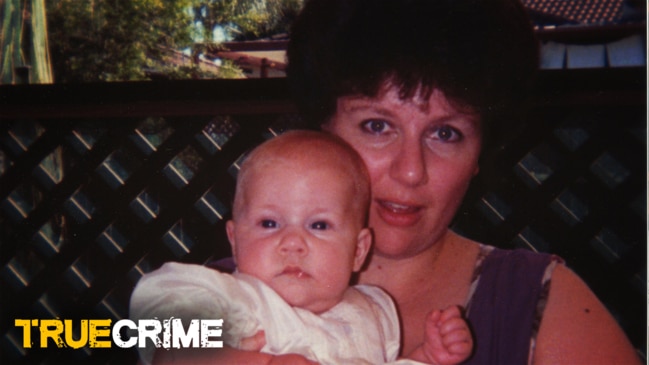
Police have been ordered to transcribe more than 500 hours of recordings from a hidden bug planted in the home of convicted child killer Kathleen Folbigg that have been produced at the last minute of a judicial inquiry into her convictions.
On the final day of evidence to the judicial inquiry into her convictions, it was revealed NSW Police had submitted more than 500 hours of recordings from a hidden bug placed in Folbigg’s home.
Folbigg’s barrister Gregory Woods KC expressed his frustration that he didn’t know what “context” the entire recordings provided to the inquiry.
LISTEN TO EPISODE 8 OF THE MOTHER’S GUILT PODCAST. PRESS PLAY BELOW.
Inquiry chair, retired NSW state supreme Court Chief Justice Tom Bathurst, ordered the police to provide transcripts to the recordings after Dr Woods questioned whether anyone had access to a cassette player to play the recordings.
“I am concerned this inquiry proceeded with the knowledge that it might reveal something,” Mr Bathurst said.
“It’s a matter of concern they were produced so late.”
The inquiry heard the tapes had been discovered by police in December and provided to the inquiry.
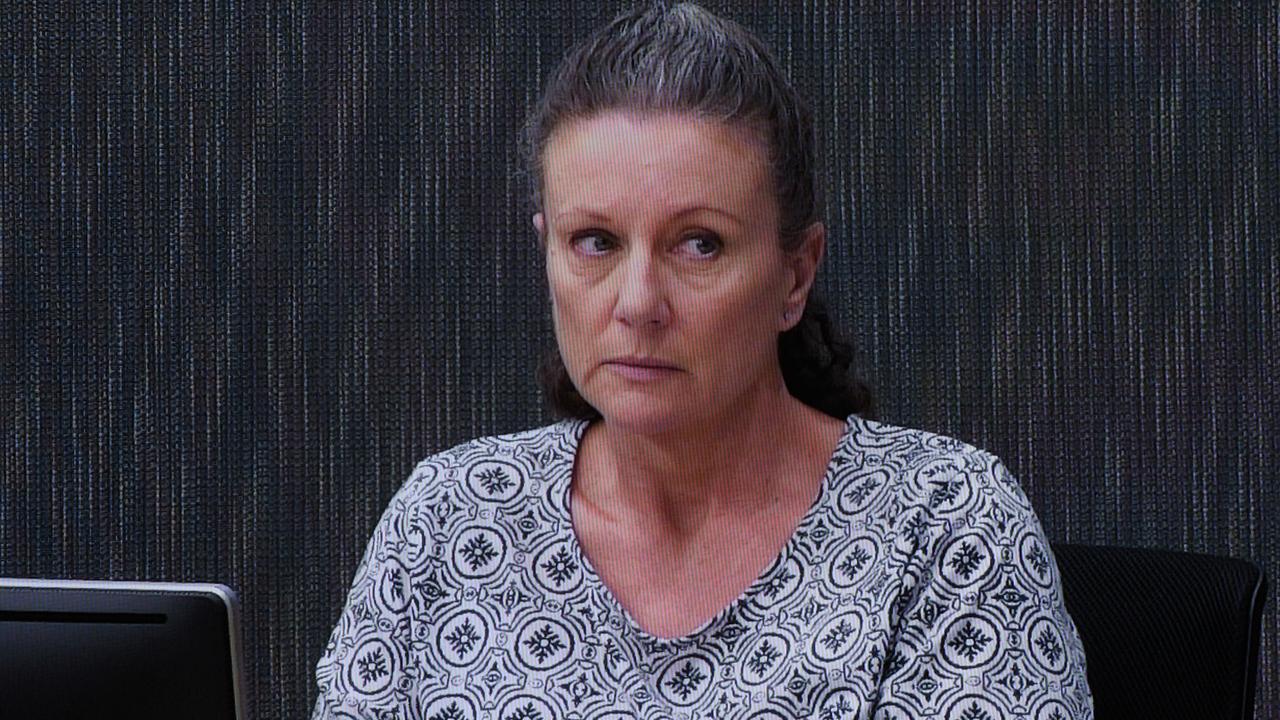
Folbigg was found guilty in 2003 of three counts of murder and one of manslaughter after her babies Patrick, Sarah, Laura and Caleb died in suspicious circumstances between 1989 and 1999.
The inquiry was set up to consider the possibility the Folbigg children died of natural causes after a string of medical experts suggested there was a potential genetic mutation which could have resulted in the deaths of Laura and Sarah. The inquiry is also looking at the diary entries.
The 55-year-old is serving a 30-year prison term with a 25-year non-parole period. She is not eligible for parole until 2028.
Meanwhile, a psychiatrist has suggested convicted child killer Kathleen Folbigg believed a “higher power” caused the deaths of her four babies, an inquiry has heard.
Police relied on diary entries written by Folbigg between 1989 and 1999 which showed an admission of guilt she’d been responsible for the deaths.

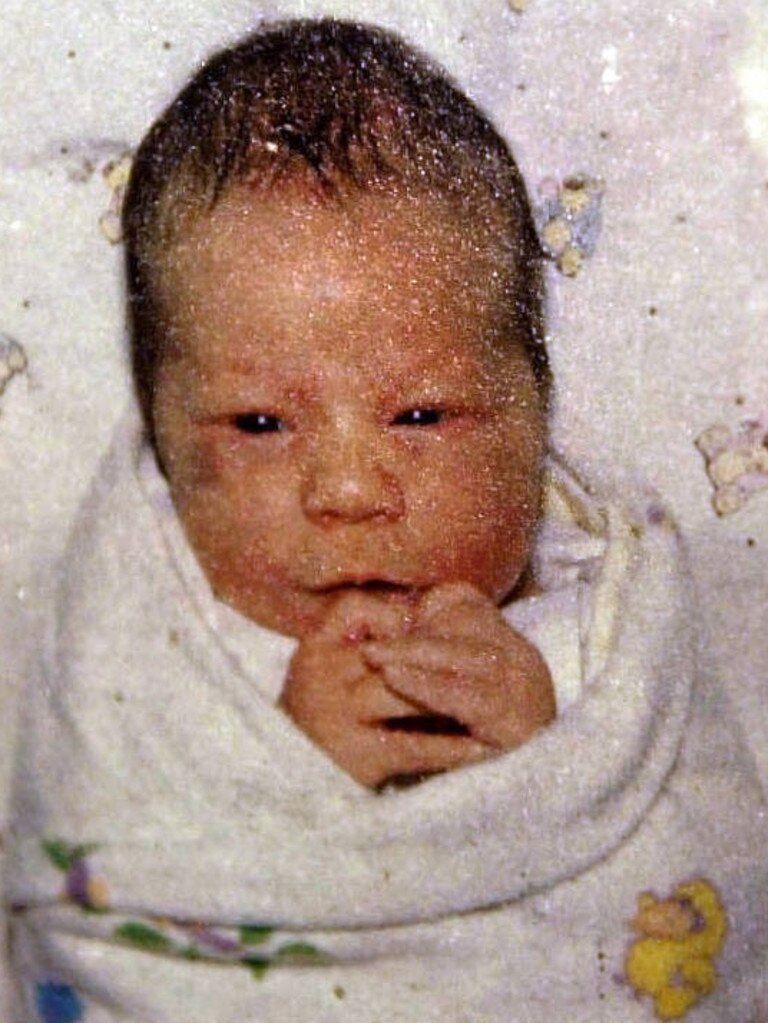
Psychiatrist Dr Yumna Dhansay told the inquiry on Friday she had understood Folbigg, in her diaries, had been referring to a “ God or some higher power” who took her daughter from her.
“I think it’s quite common when there’s death or loss that people try to find an explanation,” Dr Dhansay said.
“They often fall back on religious practices they had as a child.”
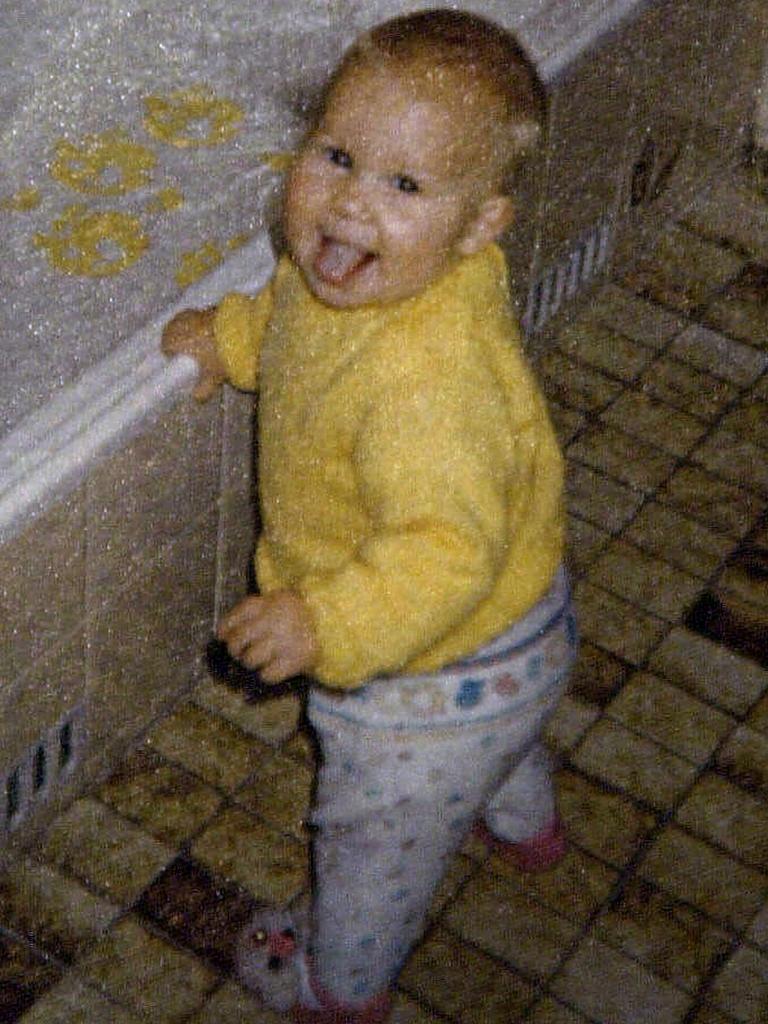
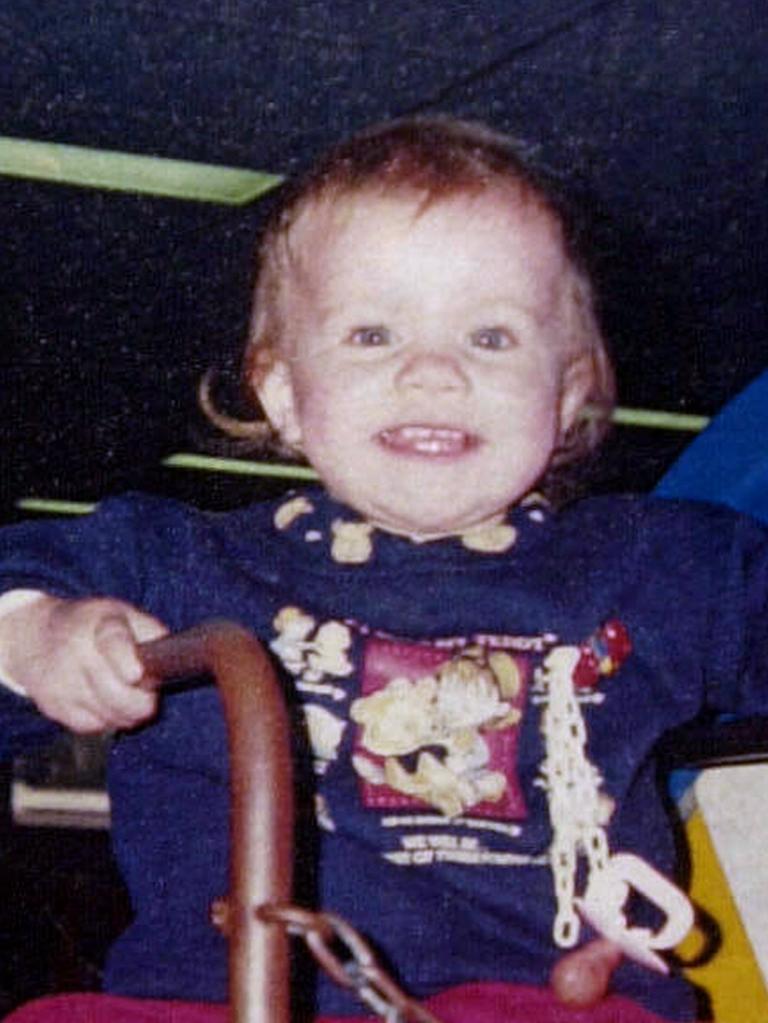
Dr Dhansay did accept the diary comment could be interpreted as an admission of guilt, but said she would have expected Folbigg to be “more emotionally laden” in her writings.
“If she got to the point where she was so stressed or so angry or exasperated that she went so far to actually kill a baby, I would expect to see a reactivity to that emotion to the way she wrote but I don’t see it there,” she said.
“I would have expected her to be grappling more with guilt and what she had done if she had killed the children and there’s nothing there.”
Dr Dhansay said Folbigg’s attempt to prevent the police from finding her diaries, which she had said she’d either destroyed or were hidden in her home, didn’t prove she was guilty of killing her children.
“Diaries are quite personal, you might not want someone to read it for many reasons not because you’re guilty of murder,” ” Dr Dhansay said.
The inquiry will resume on April 26 for closing submissions.




